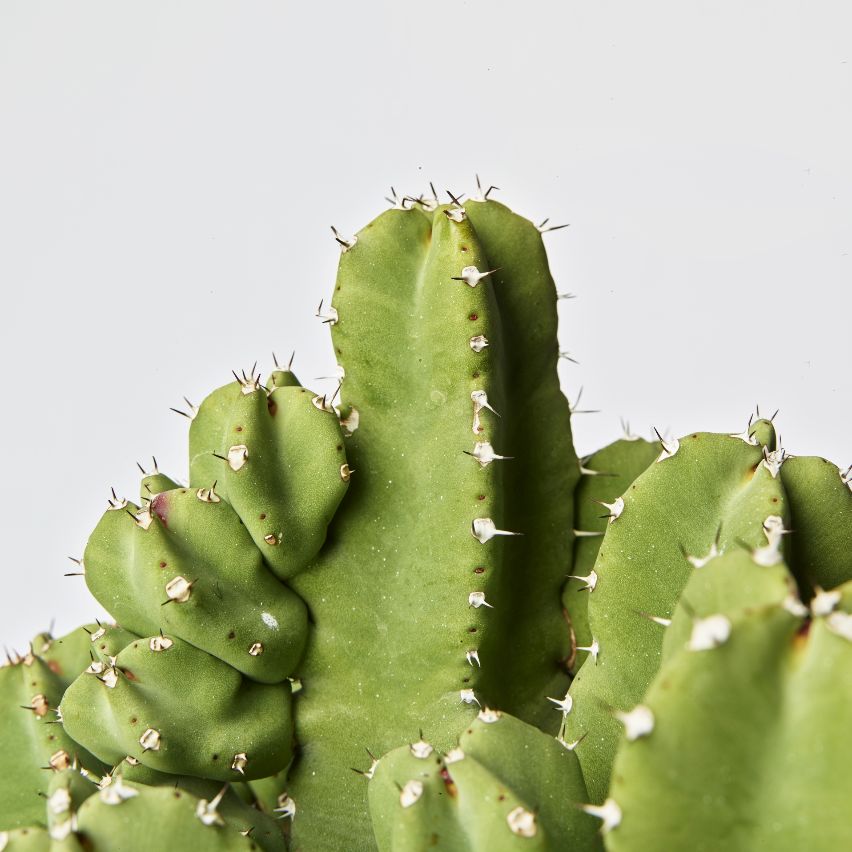Health benefit
Painkiller
Botanical Origin
Euforbia resinifera O. Berg. (Fam. Euphorbiaceae)
Common Name
Resiniferatoxin
Botanical Origin
Euforbia resinifera O. Berg. (Fam. Euphorbiaceae)
Type
Pure Molecule
Plant source
Latex
Health benefit
Painkiller
Assay
≥98.0% by HPLC ≤102.0% by HPLC
Broad category
Euphorbia resinifera, the resin spurge or Moroccan mound, is a low-growing species native to Morocco, where it occurs on the slopes of the Atlas Mountains.
The genus Euphorbia, to which E. resinifera belongs, is a very large and diverse group of flowering plants, commonly called spurges, in the family Euphorbiaceae. The genus includes roughly 2,000 members, making it one of the largest genera of flowering plants, and encompasses a huge variety of life forms—from small annuals to large, long-lived trees, to succulent plants resembling cacti and often incorrectly referred to as such.
E. resinifera belongs to the latter group and, together with other succulents, has long been cultivated as an ornamental and, at times, highly prized for its aesthetic appeal. This led to the inclusion of most succulent species of Euphorbia in CITES Appendix II.
Considering the above, it was fundamental for Indena to address the regulatory and sustainability issues. Fortunately, the plant has been cultivated in Italy for many years as an ornamental for landscape decoration in dry areas and was once a fashionable houseplant for small pots.
In 2015, in collaboration with some of the best Italian nurseries specializing in succulent plants, Indena launched its project using a relatively small amount of cultivated specimens—essentially the “humble leftovers” of the plant’s glorious past as a decorative species. Thanks to a harvesting method that combines latex extraction with vegetative propagation, the number of cultivated E. resinifera plants grew from just over ten thousand small potted specimens to several hundred thousand vigorous plants cultivated both in pots and in open soil, with many now reaching over 50 cm in diameter.
In the same period, considering the Moroccan origin of the plant and aware of the importance of sharing benefits with the native country (even though the Nagoya Protocol was not yet effective in Morocco), Indena initiated several projects aimed at investigating natural populations of the plant, their conservation status, and other relevant data for the in-situ protection of the species.
The project objectives included identifying the most suitable areas for cultivation, planning sustainable latex production, and enabling the harvesting of the highly prized and distinctive E. resinifera honey. The focus was on the protection and sustainable use of the species, with significant positive biological and social impacts.
In addition to its ecological and ornamental value, Euphorbia resinifera is also of notable scientific and pharmacological interest. Resiniferatoxin (RTX), the most potent irritant known, was first isolated in 1975 from the latex of E. resinifera. Like capsaicin, RTX is an agonist of the vanilloid receptor TRPV1, but it is approximately one thousand times more potent than capsaicin.
Due to this extreme potency, RTX has been extensively evaluated for its potential applications in pain treatment, particularly in cases of chronic and intractable pain where conventional therapies are ineffective.
Sorry, our website doesn't support IE11 and older versions
For a better experience try a modern browser:
This is a private file, to request the download of this resource, please fullfill the fields below.
